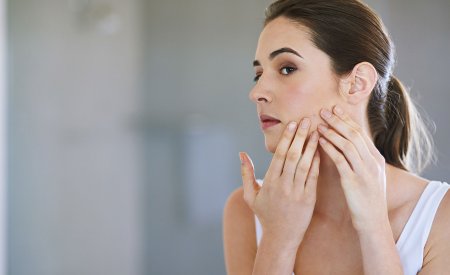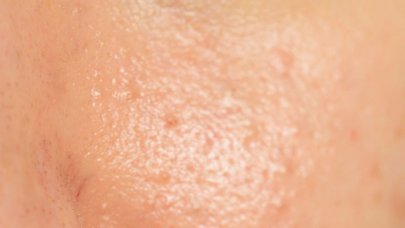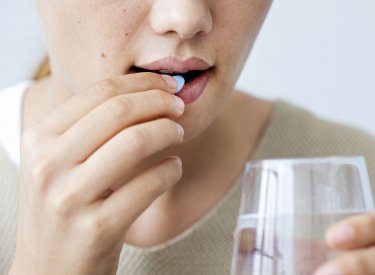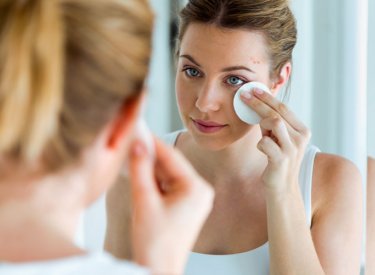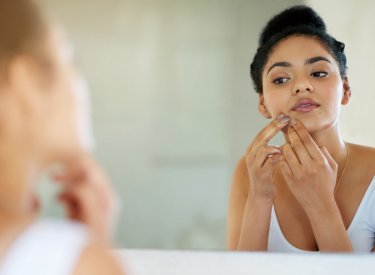- Strictly follow the treatment
Acne treatments don’t work the first time they are applied so you must be patient. However, you will see results quite quickly if you stick with your programme every day: cleansing tailored to acne-prone skin + medicated treatment morning and night. Depending on the person and the type of acne, a sharp improvement is generally observed after 4 to 6 weeks. Sometimes, depending on the severity of the acne, a medicated treatment may also be included in the skincare routine. Always follow the advice of your doctor.
It’s true that it may dry out your spots and hide your blemishes through tanning, making your skin look clearer and smoother. But it will amplify your blemishes (or comedones) later by increasing the thickness of the horny layer, which promotes the retention of cells and sebum in the pilo-sebaceous follicle. This increase in the number of comedones inevitably triggers significant blemish eruptions as soon as the tan fades. To avoid this rebound effect, protect your skin with a specific SPF 30 photoprotection product. Opt for non-greasy sprays or fluid textures made for oily or acne-prone skin.
- Don’t touch your blemishes
The more you handle spots, the more you will aggravate the inflammation (increase the number and size of pimples), the more likely it is that these spots will become pustular (pimples with pus) and the higher the risk of scars appearing.
